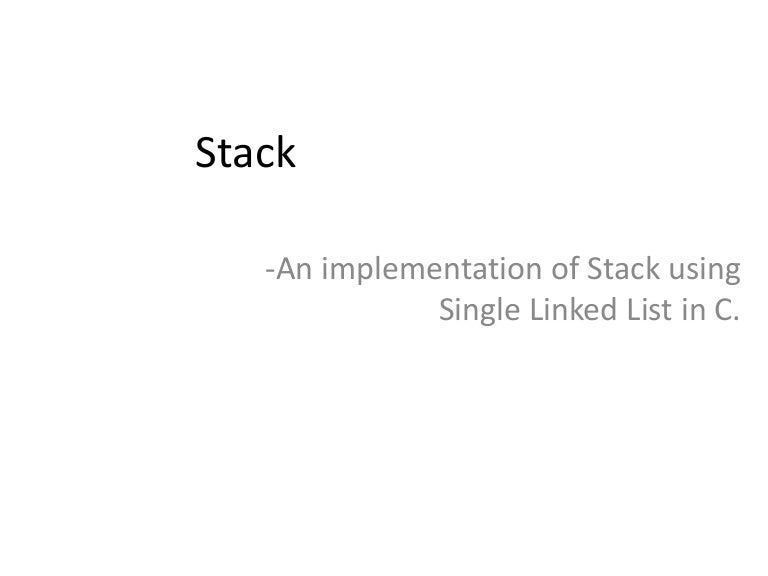

All left and right hand indeces set to -1 (no branches) Right index = 2n + 2 binary tree table List the nodes in data order in the middle column. The binary tree has been constructed by adding nodes in positions based on comparisons with the root node. Traversing alphabetically Post Order Traversal LEFT-RIGHT-ROOT Uses of Post Order Traversal Deleting / Undo a binary treeĬonvert postfix notation to expression tree (notation to diagram) Binary Tree using Arrays The first element would contain the root, at index 0. Inorder allows every node to be visited in sorted order Uses of In Order Traversal Sort/search a binary tree Then visit the root node and finally the right subtree nodes. Inorder traversal starts with the left subtree nodes being visited first. Pre Order Traversal ROOT-LEFT-RIGHT Uses of Pre order Traversal Can be used to clone a treeĬan be used to count the number of leaves in the treeĬan be used to easily convert the diagram of the tree to prefix notation (a way of representing the tree in notation form) In Order Traversal LEFT-ROOT-RIGHT Describe the most efficient way to traverse a binary tree when searching The most suitable way to traverse the tree is inorder.

All left nodes and all of its descendants have smaller values that the root node, while all right nodes and all of its descendants have larger values than the root node. Each node can have only 0, 1 or 2 leaf nodes. Unbalanced take much longer to traverse Binary Search Tree A data structure very similar to a tree with the following additional restrictions. Ads/Disads of binary trees over arrays Ad: faster to search/add a valueĭisad: more complex to program/process Balanced V Unbalanced binary trees The maximum number of comparisons to locate an item would be the same as the number of levels, whereas the maximum number of comparisons to locate an item would be the same as the number of items. Output "Queue is empty" Binary Tree A tree in which each node has at most two children. A queue would be the most suitable data structure to store each playlist.Ī queue follows the first in first out (FIFO/LILO) principle.ĭata is added (enqueuing) at the rear end of the structure.ĭata is accessed and removed (dequeuing) from the front of the structure which is suitable for storing a sequential playlist. Other than an array, select and justify an appropriate data structure to store each data. the item which has waited longest should be dealt with first Queue terms Enqueue - Adding to a. The natural desirable order of processing is first in first out i.e. In each case the next element cannot be processed until the previous one has been Think supermarkets Uses of Queues Printing Output "Stack is empty - Data not retreived" Queue Operates on a (first in, first out) FIFO basis new elements can be added at the end of the database removal occurs only at the top. PEEK - Viewing the element at the top of the. Overflow happens when you attempt to add to a full. Underflow happens when you attempt to pop an empty. can be used as a recursive data structure
#Linked list stack picture plus
is either empty OR consists of a top, plus the rest, which is known as the. are easily implemented using an array, or a linked list to hold the data, and a variable to point to the top of the. is called pushing and taking data off the stack is called popping. Stacks are used for managing computer processes when your main process get interrupted by calling a subroutine.Stacks Features Adding data to the.


 0 kommentar(er)
0 kommentar(er)
